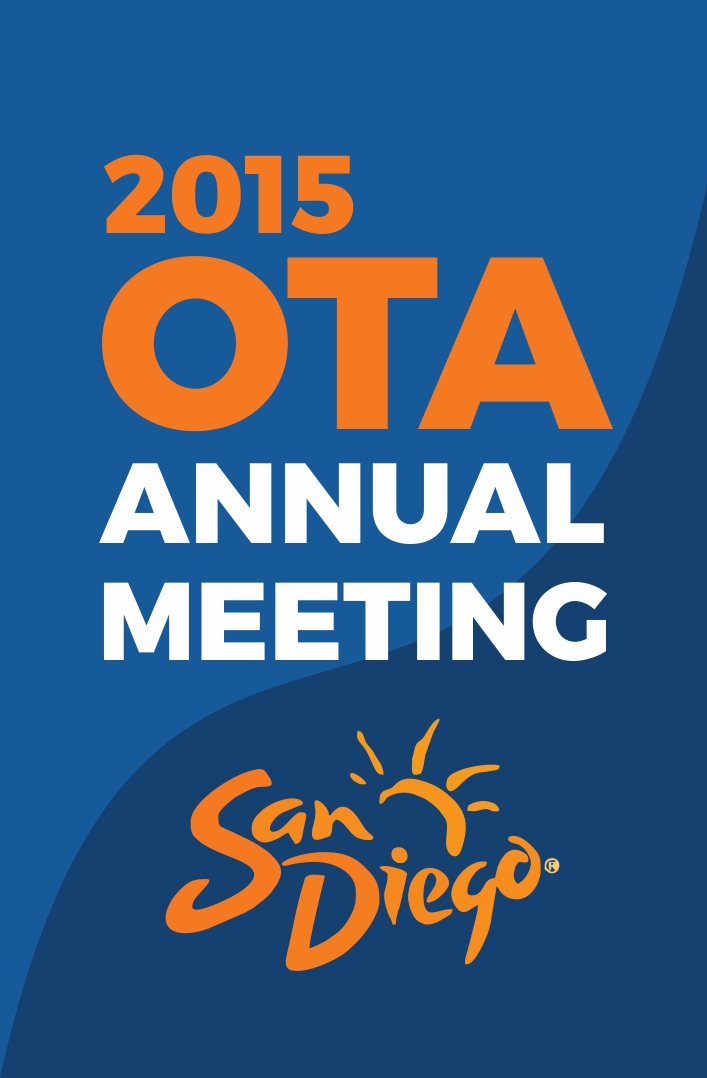
OTA 2015: Surgery vs nonsurgical treatment of proximal humeral fracture over 2-yr followup

OTA 2015: Surgery vs nonsurgical treatment of proximal humeral fracture over 2-yr followup
Proximal Fracture of the Humerus: Evaluation by Randomization (ProFHER) Trial
CONFERENCE ACE REPORTS
This ACE Report is a summary of a conference presentation or abstract. The information provided has limited the ability to provide an accurate assessment of the risk of bias or the overall quality. Please interpret the results with caution as trials may be in progress and select results may have been presented.
Synopsis
250 patients with displaced fractures of the proximal humerus involving the surgical neck were randomly assigned to receive either surgical or non-surgical intervention as treatment. The purpose of this study was to compare functional and clinical outcomes, as well as cost-effectiveness, between the two methods to determine if surgery offers any significant advantage over conservative treatment. T...
To view the full content, login to your account,
or start your 30-day FREE Trial today.
FREE TRIAL
LOGIN
Forgot Password?
Explore some of our unlocked ACE Reports below!

Learn about our AI Driven
High Impact Search Feature
Our AI driven High Impact metric calculates the impact an article will have by considering both the publishing journal and the content of the article itself. Built using the latest advances in natural language processing, OE High Impact predicts an article’s future number of citations better than impact factor alone.
Continue



 LOGIN
LOGIN

Join the Conversation
Please Login or Join to leave comments.